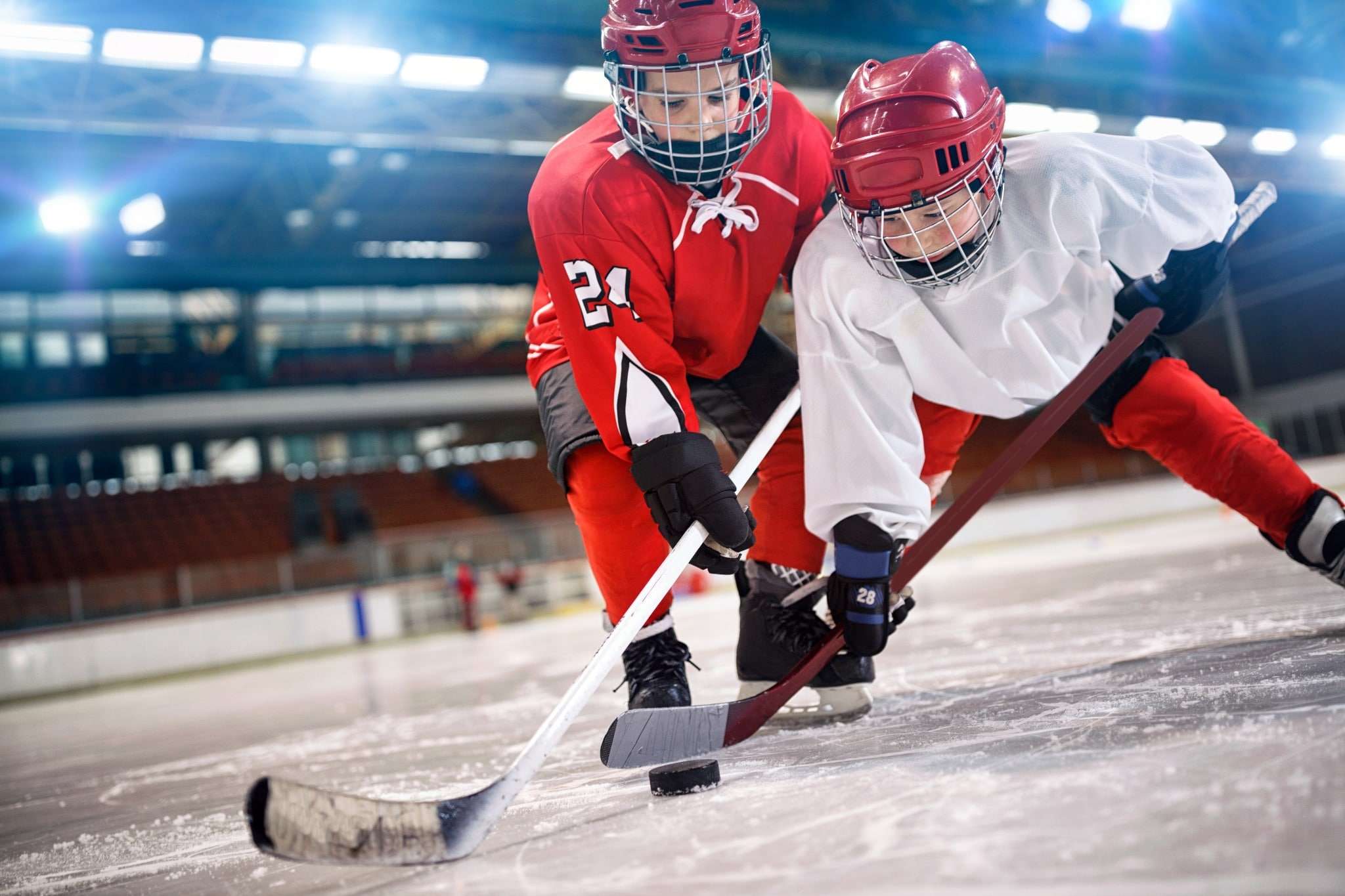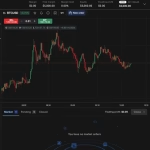A New Era for Off-Ice Hockey Training
Hockey has always been a sport that values innovation, determination, and adaptability. As advances in training gear and technology become more accessible, more athletes are exploring new ways to keep their competitive edge between games and seasons. Due to scheduling, high travel costs, and unpredictable weather, limited access to rinks has long been a hurdle for dedicated players. The development of the modern synthetic ice rink is transforming these limitations into possibilities, empowering players to create year-round practice spaces right in their homes, schools, or community centers.
These training spaces are more than a backup solution—they’re a proactive way to bring hockey to places where traditional ice is unavailable or out of reach for many. With synthetic ice, players of all skill levels can stay on top of their routines by practicing at odd hours, after homework, or during busy weekends, no matter the season. This growing trend is well-aligned with the innovation seen across sports, where flexibility and accessibility are helping athletes of all backgrounds stay active and engaged. The interest in diverse, tech-enabled training environments is highlighted well in emerging training technology news, showing that athletes from all sports blend in-person, virtual, and alternative surface training for best results.
The Science Behind Synthetic Ice
At first glance, synthetic ice tiles look deceptively simple—flat, white, interlocking panels. Yet, they represent years of research, trial, and error. Most modern panels are made from ultra-durable, high-density polyethylene or similar engineered plastics. These materials have been carefully designed chemically and physically to mimic the smoothness, friction, and durability of real ice. Early attempts at synthetic surfaces left much to be desired due to excessive drag. Still, today’s products offer gliding sensations that are remarkably close to the slickness of cold arenas.
There remains a slightly different sensation for skaters—the glide on synthetic ice is a bit more resistant, demanding greater leg power and precision on turns. However, research shows that this can benefit athletes by building muscle endurance and technical skill that easily transfer back to real ice. These subtle differences have been reduced over the years as technology evolves, and are now considered negligible by most experienced users. As described in engineering breakthroughs in sports performance, the intersection of science, sensors, and material design continues to push the boundaries of what’s possible in athletic training.
Skill Development on Synthetic Surfaces
The real power of synthetic ice is revealed in its impact on skill development. Training isn’t just about ice time—it’s about repetition, muscle memory, and well-rounded drills. On these artificial rinks, athletes run high-frequency drills to fine-tune puck control, passing, shooting accuracy, and quick turns, all from the comfort and convenience of home or a nearby facility. Coaches increasingly recommend mixing practice environments to help players sharpen their awareness, quickness, and ability to adapt to different surfaces.
For goalies especially, the ability to set up slides, lateral movements, and reflex exercises in a basement or garage is a game-changer. Skaters working on agility use cones and agility ladders on synthetic ice to reinforce coordination and explosive starts. This adaptable surface ensures the entire roster, from defense to forwards, benefits year-round, fueling consistent progress in the game’s physical and mental aspects.
Cost and Accessibility Considerations
- Investment Value: While high-quality synthetic ice panels do have an initial cost, they often pay dividends after years of use. The long-term savings become significant for families and organizations because of reduced travel to distant rinks, lower hourly fees, and minimal maintenance.
- Anytime, Anywhere Training:Synthetic ice isn’t just for individuals but is a boon for leagues, schools, and towns seeking to broaden access to hockey without the prohibitive costs of refrigeration and constant caretaking. One surface can support teams for years, regardless of outdoor temperature or local climate.
- Broadening the Sport’s Reach: Areas without cold winters or reliable rink access can cultivate hockey communities, nurturing the next generation of players and fans. As a result, hockey becomes truly inclusive, from major cities to small towns.
The variety of installation options, from permanent outdoor pads to movable basement setups, supports programs dedicated to making hockey a seasonal sport and a lifelong skill builder.
Eco-Friendliness and Sustainability
Sustainability is fast becoming a defining issue in sports facility design, and synthetic ice rinks strongly respond to these concerns. Traditional ice surfaces demand constant refrigeration, heavy water consumption, and ongoing maintenance, hiking up emissions and costs over time. Synthetic ice rinks eliminate these requirements, reducing environmental impact and utility bills. There’s no need for freezing technology, chemicals, or daily Zamboni runs; a sweep or mop is all needed to keep the rink skating-ready.
Sports organizations, parks, and schools can implement synthetic ice as part of their long-range sustainability goals. This will help cut back on waste and resource use while still offering high-quality training for athletes and community members. Even families who want to reduce their environmental footprint appreciate that they can create a reliable, ice-like practice space without the overhead of water and electricity.
Real-Life Examples from the Hockey Community
Stories from across the hockey world give life to the benefits of synthetic ice. Youth programs in rural areas are using these surfaces to build up talent during the off-season, and many training facilities are opting for a hybrid approach—combining real ice for game simulations and synthetic ice zones for year-round skills work. Some pros recovering from injuries have used synthetic ice at home for gentle skating and stickhandling exercises, maintaining their coordination and muscle engagement through recovery periods.
Synthetic ice isn’t just about serious practice, either. School gymnasiums, city parks, and shopping malls have set up durable, friction-optimized rinks for public skating, team-building events, and after-school enrichment. These experiences increase access, break down barriers, and introduce more children and adults to the fun and challenge of ice sports, without waiting for winter.
Potential Challenges and Tips for Success
No innovation is without its curve. When first stepping onto synthetic ice, players may notice the glide feels slightly different, and stopping or turning can take more strength and technique. The key is to embrace that difference as a growth opportunity rather than an obstacle. Most athletes adjust after a few focused sessions, learning to transfer their skills seamlessly between surfaces.
- Start with slow, controlled skating and basic stickhandling, gradually increasing speed and complexity as comfort grows.
- Invest in optimized or regularly sharpened skates for synthetic surfaces to achieve the best traction and movement.
- Routinely clean panels to remove dust, shavings, and debris, preserving both glide and longevity.
- Add complementary dryland and balance exercises to strengthen muscle groups used on synthetic ice, building core power and endurance.
Many coaches recommend periodic video analysis to track progress, helping skaters zero in on subtle adjustments and celebrate improvement over time.
Future Trends in Hockey Training Surfaces
Looking ahead, the trajectory of synthetic ice is promising. The market continues to expand, with future innovations likely focusing on even more realistic textures, digital feedback, and integration with smart coaching tools. Already, manufacturers are studying materials and designs to further close the performance gap with natural ice, while data-based solutions will give athletes instant insights during remote training.
Hybrid approaches are set to become standard, blending synthetic ice, virtual reality, video coaching, and more to create a 360-degree training ecosystem. The players and teams willing to experiment with and embrace these evolving technologies will be best positioned to unlock their full athletic potential in a competitive and rapidly changing sporting landscape.






